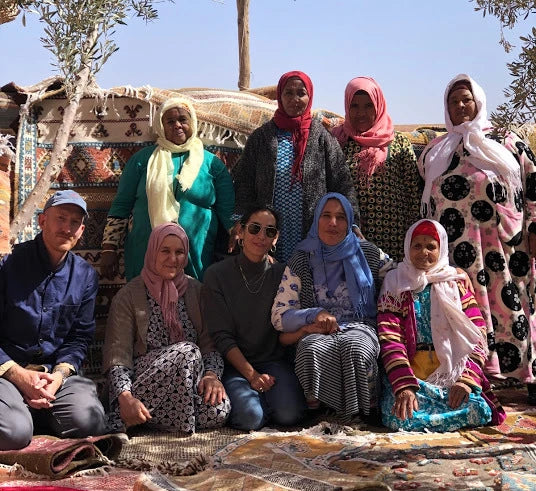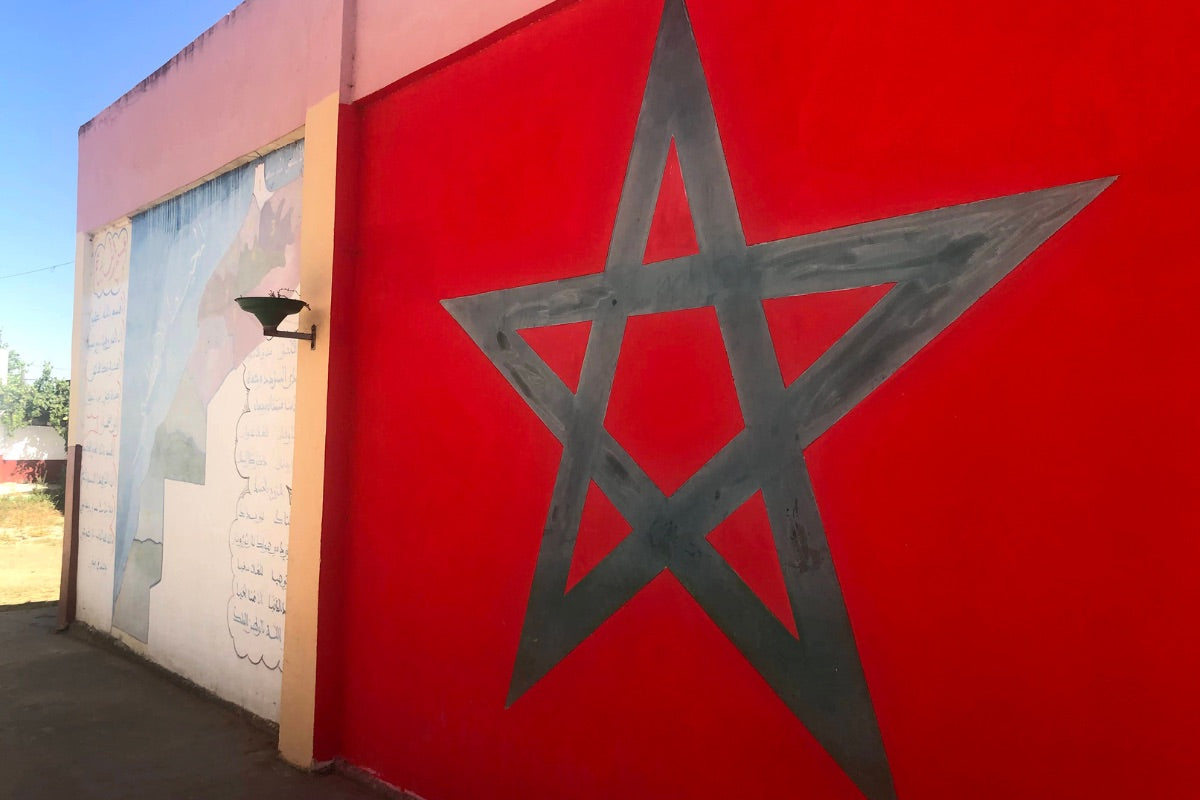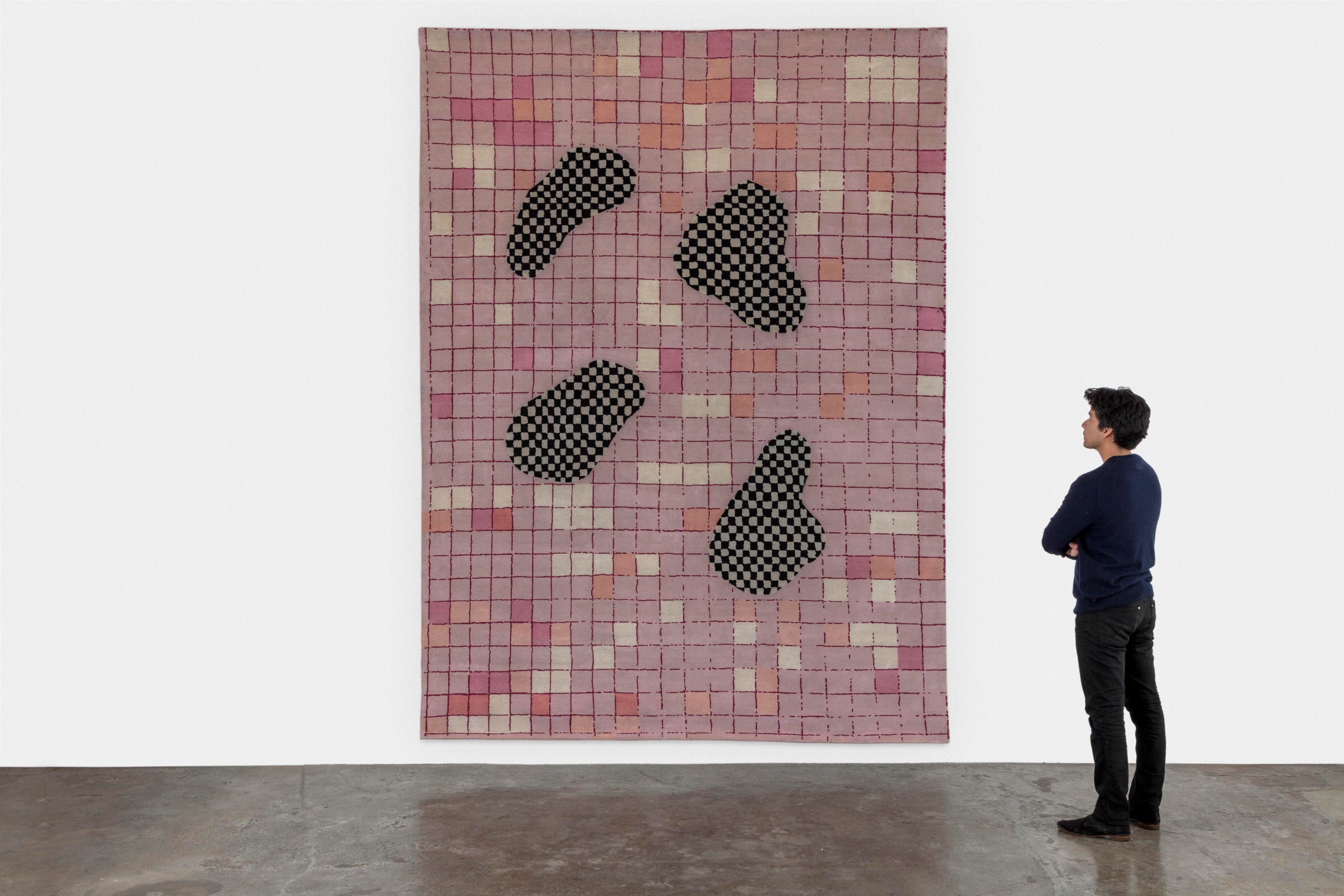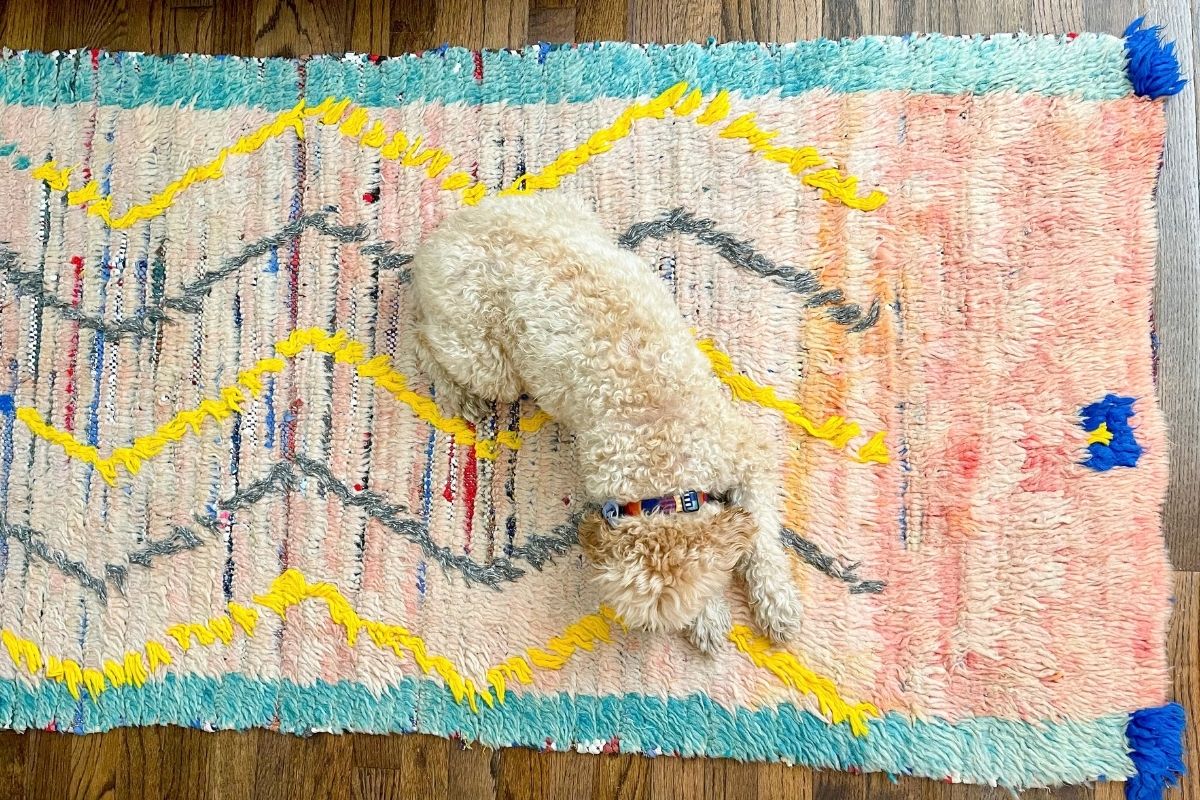On current events
February 9, 2017
The last few weeks adjusting to our new political climate has been quite the rollercoaster to say the least. My appetite for posting pretty photos of high-end, hand-woven Moroccan rugs and picturesque Middle Atlas landscapes has waned every time there has been a new Executive Order targeting folks of marginalized identities in the US and beyond.
At the same time I remember that I first started Kantara after living and working in Morocco in 2006. More than just selling rugs, I wanted to use Kantara as a platform to share stories of the women weavers, of how they live their lives, and of the role religion, tradition, food, and artistry play in their daily lives.
I'm no expert on the matter but I've been traveling to Morocco on and off for the last decade. On early buying trips, I weathered every form of public transportation that exists (including hitchhiking) and eventually got my systems down to a science.
Now when I go to Morocco, I rent a tiny car and travel from village to village over some of the country's more remote terrain. I take back roads, dirt roads, non-roads. I've picked up hitchhikers, gotten pulled over by cops dozens upon dozens of times, and had my car break down several times. There have been many times when I've gotten lost and asked directions only for the person directing me to jump in my car and take us both to my desired location.

Over the years, I've crisscrossed Morocco many times, traveling as a single woman, no hijab, and usually alone. I've never had any issues.
To the contrary, more often than not, I would be invited in for tea, make a new acquaintance, or at the very least have a good discussion and practice my Arabic.
There is so much more to say on this matter, but for now, I'm realizing it's more important than ever for us to use every tool we have to speak truth to power.
I have been treated with such kindness and generosity by the artisans and families that I work with in Morocco. I have learned so much from these sage, hard-working Amazigh matriarchs-- about weaving, about life, about resilience. As we settle into our new geo-political reality, I'm going to be sharing more about the women that weave these rugs in an attempt to foster a greater understanding of a people that are not so different than each of us.

Recent Rug Journal articles
Morocco Earthquake - Disaster Relief and Recovery
Many of you have asked what you can do to help in light of Morocco's recent 7.0 earthquake. We’ve compiled a list of trusted nonprofits below. Any help that you can give for rebuilding, recovery, and relief will be greatly appreciated.
Read moreHow to hang Moroccan rugs
Read more about our three-step process for hanging Moroccan rugs on the wall. The process was developed by textile conservationists at art museums and we love how easy it is to replicate.
Read moreMoroccan Boucherouite Rugs
Known for their bright colors, cotton fibers, and eccentric patterns, these Moroccan rag rugs emerged as a way for artisans to upcycle clothing and leftover fibers. Learn more about this iconic weaving style.
Read more






